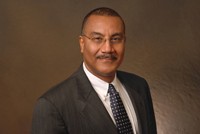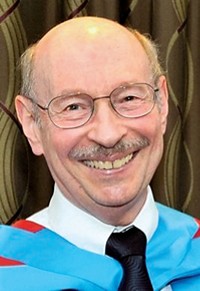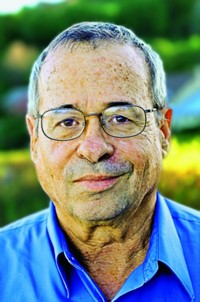Advertisement
Grab your lab coat. Let's get started
Welcome!
Welcome!
Create an account below to get 6 C&EN articles per month, receive newsletters and more - all free.
It seems this is your first time logging in online. Please enter the following information to continue.
As an ACS member you automatically get access to this site. All we need is few more details to create your reading experience.
Not you? Sign in with a different account.
Not you? Sign in with a different account.
ERROR 1
ERROR 1
ERROR 2
ERROR 2
ERROR 2
ERROR 2
ERROR 2
Password and Confirm password must match.
If you have an ACS member number, please enter it here so we can link this account to your membership. (optional)
ERROR 2
ACS values your privacy. By submitting your information, you are gaining access to C&EN and subscribing to our weekly newsletter. We use the information you provide to make your reading experience better, and we will never sell your data to third party members.
People
Theorists Win Welch Award
Two chemists are honored for achievements in electron transfer, reaction dynamics
by Jyllian Kemsley
May 28, 2007
| A version of this story appeared in
Volume 85, Issue 22
CHEMISTRY PROFESSORS Noel S. Hush of the University of Sydney, in Australia, and William H. Miller of the University of California, Berkeley, have won the 2007 Welch Award in Chemistry for their work in chemical theory. The Welch Foundation, based in Houston, grants the $300,000 award to honor achievements in basic chemical research.
Hush is most known for his work on electron transfer. In particular, he provided a description of electron donation by a complex, taking into account both solvent reorganization and the inner structure of the complex. Hush also investigated electron transfer between species covalently linked by a bridging molecule. He now focuses on the theoretical foundation of electrode-molecule-electrode conduction in nanoscale electronics.
"It's a wonderful thing to see Hush get this recognition," says Henry F. Schaefer, director of the Center for Computational Chemistry at the University of Georgia. "Hush and Rudolph Marcus looked at the problem of electron transfer in rather different ways, and the work of each of them, being utterly independent and motivated in different ways, has added greatly to the richness of our understanding of electron-transfer processes." Marcus, professor of chemistry at California Institute of Technology, won the Nobel Prize in Chemistry in 1992.
Miller's research focuses on chemical reaction dynamics. His achievements include developing a semiclassical scattering theory (the classical S-matrix theory) for chemical reactions, as well as a rigorous quantum theory of reaction rates. He is currently investigating a method for adding quantum effects to classical molecular dynamics simulations of complex chemical processes. Miller, an ACS member, directs the Kenneth S. Pitzer Center for Theoretical Chemistry at UC Berkeley.
"Miller showed first that it was possible to solve dynamical problems in terms of semiclassical mechanics, and I don't think that was obvious before," Schaefer says. "Miller's work stood between the quantum real world and the classical world that is easy to simulate and really was the Rosetta stone that unleashed the power of classical dynamics and made it believable for chemical systems."










Join the conversation
Contact the reporter
Submit a Letter to the Editor for publication
Engage with us on Twitter